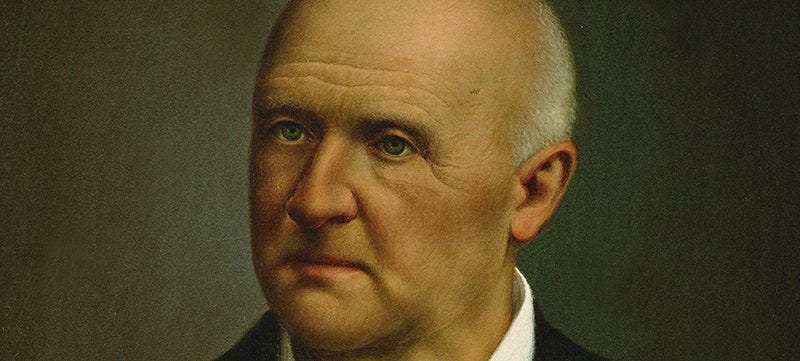
Donato Cabrera, music director for the Las Vegas Philharmonic, has heard many musicians point to the work of composer Gustav Mahler as the inspiration for their musical careers.
Not so for him, though.
Cabrera was driven to take up the baton because of the works of Austrian composer Josef Anton Bruckner, who — though he penned grand symphonies at the same time as Mahler — has remained lesser known in the U.S.
“I’ve always been drawn to the complete devotion one can hear in his music,” Cabrera says. “He was so in awe of the power of music, and I feel I have a very similar connection to music.”
This is among the reasons Cabrera has chosen to showcase Bruckner’s Symphony №6 in the philharmonic’s closing concert of its season. The premiere of the symphony was actually conducted by Mahler in 1899, the same year that Mahler composed his own Symphony №4, Cabrera notes.
Those listening to any of Bruckner’s symphonies can expect a consistent trait, Cabrera says: Music of immense scale.
“His symphonies are often called cathedrals of sound,” Cabrera says. “His symphonies convey vast, open spaces, like when you see the vista of a mountain range you’ve never seen before.”
Bruckner’s symphonies were also unique among music written in the late 19th century, Cabrera adds, in how they created such mammoth sound with a traditional-sized orchestra.
Conversely, Mahler’s symphonies call for unusually large orchestras to achieve their goliath sound.
“Sometimes Mahler’s symphonies will require huge woodwind and brass sections, while Bruckner’s do not,” Cabrera says. “His ability to create a very vast sound with an economy of instruments was groundbreaking.”
Cabrera carefully chose the additional concert pieces to complement the Bruckner symphony, he adds, including Richard Strauss’ oboe concerto and Wolfgang Mozart’s overture from “The Magic Flute,” one of the last pieces the composer wrote.
“Three very important European musicians at the beginning of the 20th century were Bruckner, Strauss and Mahler,” Cabrera explains. “I definitely wanted to have something by Strauss so people could hear how their sounds were connected. I thought it would be a wonderful counterpart to begin with Mozart, because everyone, including Strauss, Bruckner, and Mahler, were so in awe of him.”
Originally published at https://www.thesmithcenter.com.
